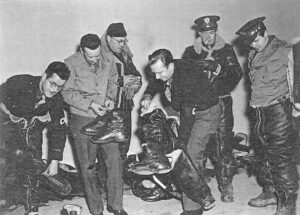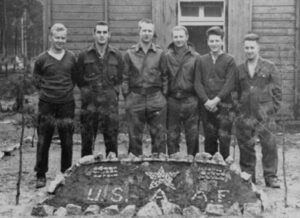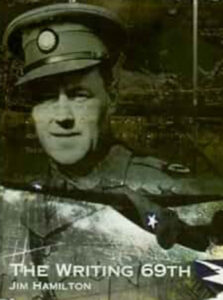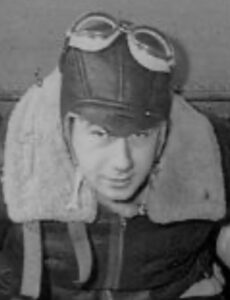
 We have all seen war correspondents, and in fact we are used to being kept up to date on the happenings of a war. Of course, that wasn’t always the case. In the 18th and 19th centuries, journalists often accompanied the military units offering firsthand accounts that were frequently influenced by patriotism or propaganda. These early correspondents established the early foundation for the profession, concentrating mainly on significant battles and strategic developments. When you think about it, while their reports might have been colored for those reason, it still took an element of courage to put themselves in harm’s way like that.
We have all seen war correspondents, and in fact we are used to being kept up to date on the happenings of a war. Of course, that wasn’t always the case. In the 18th and 19th centuries, journalists often accompanied the military units offering firsthand accounts that were frequently influenced by patriotism or propaganda. These early correspondents established the early foundation for the profession, concentrating mainly on significant battles and strategic developments. When you think about it, while their reports might have been colored for those reason, it still took an element of courage to put themselves in harm’s way like that.
One of the early groups to be assigned to on planes was known as the Writing 69th. They were a group of eight American journalists who had to train as gunners to fly bomber missions over Germany with the US Eighth Air Force during World War II. The Writing 69th was christened by one of the 8th Air Force’s public relations officers, possibly Hal Leyshon or Joe Maher. The group also considered the names “The Flying Typewriters” or “Legion of the Doomed,” but in the end, the Writing 69th won the day. The Writing 69th included Walter Cronkite, Andy Rooney, Bigart, Robert Post, Paul Manning, Denton Scott, William Wade, and Gladwin Hill.
All of these reporters, all of whom accompanied the 8th Air Force, were required to undergo a rigorous training course in just one week. You might wonder why they needed to be trained, because they were just writers after all. Nevertheless, it was required that they be trained in a multitude of tasks, including how to shoot weapons, despite rules barring non-combatants from carrying a weapon into combat. The men were also trained on how to adjust to high altitudes, parachuting, and enemy identification.
The first and final mission for the Writing 69th occurred on February 26, 1943. A group of American B-24s and B-17s were dispatched to attack the Focke-Wulf aircraft factory in Bremen, Germany. However, due to overcast skies over Bremen, the bombing run had to be diverted to a secondary target, the submarine pens at Wilhelmshaven. Were it not for what happened on that mission, the Writing 69th might have gone on more missions. Of the eight journalists who comprised the Writing 69th, only six went on that fateful mission. They were Post, Cronkite, Rooney, Wade, Bigart, and Hill. Over Oldenburg, Germany, the American bomber group encountered German fighters. The B-24 carrying Robert Post was shot down and exploded in mid-air, killing eight Air crew members, and Post. The other aircraft were able to return safely, although Rooney’s plane 
 sustained some flak (anti-aircraft) damage. Post’s death effectively ended the days of reporters flying on bombing missions. Although others, including Scott and Manning, both of whom missed the Wilhelmshaven raid, did fly after this mission. Nevertheless, it was not nearly as widespread as it might have been had not Post been killed.
sustained some flak (anti-aircraft) damage. Post’s death effectively ended the days of reporters flying on bombing missions. Although others, including Scott and Manning, both of whom missed the Wilhelmshaven raid, did fly after this mission. Nevertheless, it was not nearly as widespread as it might have been had not Post been killed.
I never gave much thought to the journalists who worked as war correspondents, it always just seemed like a normal part of their jobs. Of course, I knew that they were in war zones, and that there could be danger, but somehow, I thought that there was like some “unwritten code” that kept the reporters safe. Of course, that idea was ridiculous, but looking from the protected distance of a television set, a world away, that was where I was.


Leave a Reply